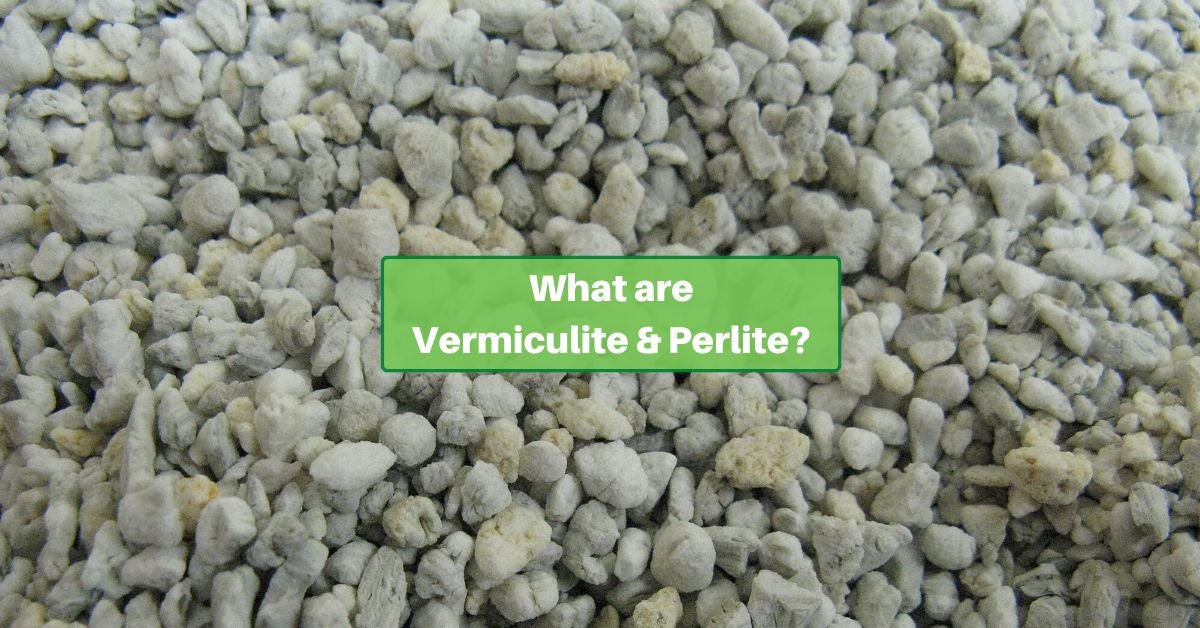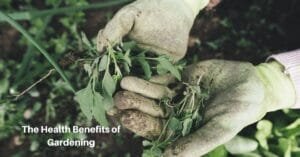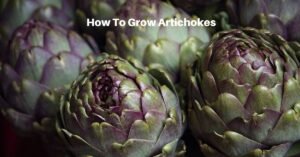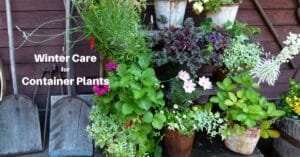Soil isn’t just dirt—it’s the lifeblood of your garden. A crucial aspect of soil health is its structure and ability to provide proper aeration and moisture to plants. This is where soil amendments like vermiculite and perlite come into play, significantly enhancing plant growth and health. Gardeners prize these natural substances for their unique properties and versatility.
Understanding Vermiculite and Perlite
Vermiculite is a natural mineral that expands significantly when heated. This expansion results in a lightweight, absorbent, and airy material. One of its most notable properties is its ability to retain moisture and nutrients, making it a favored choice for moisture-sensitive plants and drought-prone areas.
On the other hand, perlite is a form of volcanic glass. When heated to high temperatures, it pops like popcorn and expands, resulting in a lightweight, porous material. Its key characteristics include improving soil aeration and drainage, making it invaluable for preventing soil compaction, a common challenge in container gardening and densely planted beds.
The Benefits of Vermiculite in Gardening
Vermiculite brings a wealth of benefits to the garden. Its high moisture retention capability is particularly beneficial in regions that experience prolonged dry spells or for plants that require consistently moist soil conditions. This property ensures that water is available to plants over an extended period, reducing the need for frequent watering.
In addition to retaining water, vermiculite is also adept at holding onto nutrients. It has a cation exchange capacity, meaning it can store and provide nutrients like potassium, calcium, and magnesium to plants for longer durations. This slow-release mechanism helps in providing a steady supply of nutrients, essential for the healthy growth of plants.
Vermiculite is particularly effective in seed starting mixes. Its lightweight and absorbent nature provides an ideal environment for germination, offering seeds the moisture and air they need to sprout successfully. It’s also commonly used in potting mixes and for rooting cuttings, where its properties help in the rapid establishment of a healthy root system.
The Role of Perlite in Plant Growth
Perlite’s primary role in gardening is to enhance soil aeration. Its porous nature allows air to flow freely through the soil, preventing compaction, and ensuring that roots receive the oxygen they need. This improved aeration is crucial for the growth of healthy roots and, by extension, healthy plants.
In addition to aeration, perlite is excellent for improving drainage in soil mixes. This quality is particularly beneficial for plants that are prone to root rot or other diseases caused by excess moisture. Perlite’s drainage capabilities make it an ideal component in potting mixes, especially for plants like succulents and orchids that require well-drained soil.
Perlite does not decompose; it maintains its structure in the soil over time. This enduring quality makes it a sustainable choice for long-term soil health, especially in container gardens where soil conditions can degrade more rapidly.
Combining Vermiculite and Perlite for Optimal Results
The beauty of using vermiculite and perlite lies in their complementary qualities. Vermiculite excels in moisture retention and nutrient supply, while perlite provides unmatched aeration and drainage. When used together, they create a well-balanced soil environment that caters to a wide range of plant needs.
For instance, in a typical potting mix, combining these two materials can provide the perfect balance of moisture retention and drainage. This is particularly beneficial for potted plants, where managing water and air flow is crucial. By adjusting the ratio of vermiculite to perlite, gardeners can customize their soil mix to suit specific plant requirements or environmental conditions.
Practical Tips and Insights on Using Vermiculite and Perlite in Gardening
Now let’s delve into the practical aspects of using these amendments in your garden. Correct application can significantly enhance your soil’s health and your plants’ growth.
- Incorporating into Soil: When adding vermiculite or perlite to your garden, evenly mix them into the top layer of the soil. For potting mixes, a common ratio is one part perlite or vermiculite to two parts soil. However, this can vary depending on the plant’s needs.
- Quantities and Mixing: For container plants, using a mix of about 10-20% perlite or vermiculite is usually sufficient. In garden beds, particularly those with heavy or compact soil, adding up to a 25% volume of perlite can significantly improve aeration and drainage.
- Safety Tips: When working with perlite, it’s important to dampen it slightly before mixing. This helps reduce dust, which can be irritating to inhale. Always wear a mask and gloves when handling these materials, especially in their dry form.
Addressing Common Misconceptions and Questions
There are several misconceptions about vermiculite and perlite that gardeners often encounter. First, neither material is a direct substitute for soil; they are additives that improve soil structure. Additionally, while they both aid in aeration and moisture management, they serve different primary functions: vermiculite for moisture retention and nutrient supply, and perlite for aeration and drainage.
Gardeners frequently ask if these materials are essential for healthy plant growth. While not mandatory, they are highly beneficial in optimizing soil conditions, particularly in container gardening or in soils that are less than ideal.
Another common question is about the sustainability of these materials. Both vermiculite and perlite are mined, which raises environmental concerns. However, their long-lasting nature in the soil means they do not require frequent replacement, making them more sustainable than some other soil amendments.
Conclusion
Vermiculite and perlite are invaluable tools in the gardener’s arsenal. They enhance soil structure, promote healthy root growth, and help create an ideal growing environment for a wide range of plants. By understanding their properties and implementing them wisely, gardeners can significantly improve the health and productivity of their gardens.
Experimenting with these materials can lead to discovering the best mix for your specific garden conditions and plant types. Whether you’re managing a small container garden or a large outdoor plot, the incorporation of vermiculite and perlite can be a game-changer in your gardening endeavors.
Soil amendments like vermiculite and perlite may seem like small additions, but they can have a profound impact on your garden’s overall health. By fostering an optimal soil environment, you’re laying the foundation for a thriving, vibrant garden that can withstand the challenges of various growing conditions and continue to flourish year after year.









